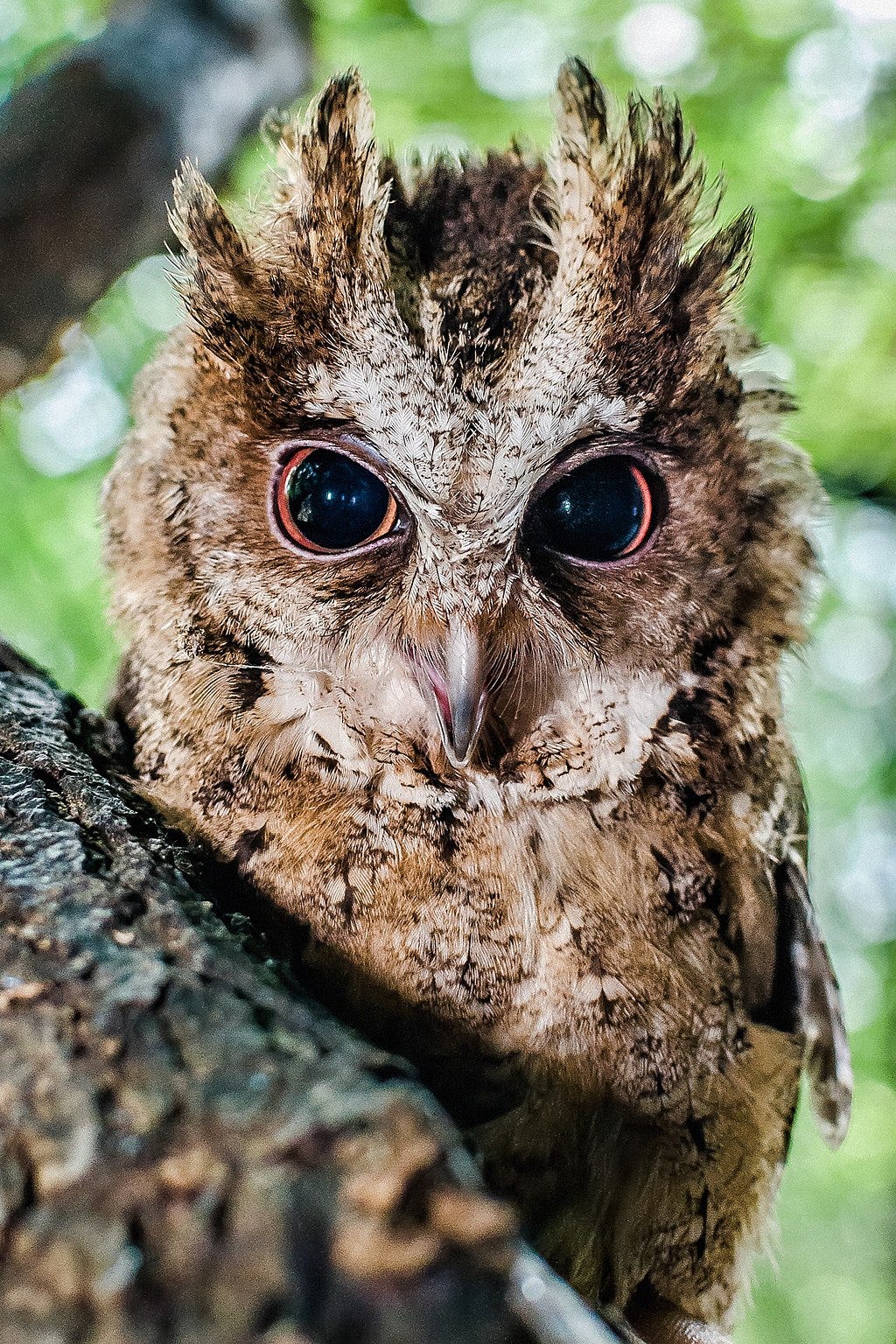Rio’s Definitely Foolproof Guide to Studying Bird Calls
Definitely, definitely foolproof. Also, get to know xeno-canto!

Hi everyone! Before anything, sorry for the belated blog post. I’ve been busy with several things, including a visit to Bacolod for the 23rd IYAS La Salle National Writer’s Workshop, hence the radio silence since June.
That said, for the past week I’ve been studying something that might also interest you: bird calls!
Later this August I’ll be joining fieldwork in Leyte. I had expected that most of my time would be spent with bats, but around a week ago I was asked if I wanted to join the morning bird surveys. Of course I said yes, though I hope I’ll keep the same enthusiasm after waking up before dawn for several days straight.
However, that also meant I needed to study. I’m not a birder. I don’t join birdwatching sessions as much as I should. Which meant that not only did I have a poor idea of what Leyte’s avian biodiversity looked like, I had no clue what they sounded like as well. Because as any morning stroll in U.P. Diliman or any other forested campus will quickly teach you, you hear birds much more often than you see them. And when you’re out searching for malkohas, paradise flycatchers, scops owls, and the like, you need to know not just what you’re looking for, but also what you’re listening for.
And so, with all the confidence of barely a weeks’ worth of accumulated expertise, I present to you, dear reader, the shining product of my as yet ongoing labors: Rio’s Definitely Foolproof Guide to Studying Bird Calls. I’ve been making it up as I go along, but still. I hope you enjoy.

Step One: Don’t Go Overboard
The particularly diligent student, or one with a lot of time on their hands, may be tempted to set as their goal the complete memorization of all the birds of the Philippines. A noble task, except consider that the Philippines has 743 recorded species of avian wildlife, not including all the subtle variations in plumage and song that separate subspecies found on different islands. Barring full-time dedication to the task, you’ll probably need at a full semester to adequately process all that diversity.
It's far more manageable to start with the avifauna of just one particular area, depending on where you’re staying or what place you’re going to, and then if interest persists, to build from there. In my case, I just needed to get familiar with all the birds of Leyte, or at least those found in the part of the island we’re visiting. Doable? Totally. Probably. (Maybe).
Step Two: Acquire a Checklist
Checklists are just that: a list of all the species that have ever been recorded in an area. They’re like study guides. Rather than groping around blindly on Google with vague search terms like “birds in my area,” a checklist will provide you with all the species you need to prepare for. They’re often organized alphabetically, in terms of families. So first come family ‘Anatidae,’ the ducks, geese, and swans, then ‘Megapodiidae,’ the megapodes, ‘Phasianidae,’ pheasants, ‘Caprimulgidae,’ nightjars…
But where to find a reliable checklist? The figure of 743 species I mentioned above comes from the 2024 checklist of the Wild Bird Club of the Philippines, or the WBCP. You can download it from their website. The document comes in the form of a densely populated spreadsheet that covers the whole country, but for those familiar with Excel, you should be able to filter the list to show only the species found in whatever region of your choosing.
You can also explore Avibase. Apart from the Philippines, this global database has checklists for different countries around the world: Indonesia, China, Mexico, etc. It’s definitely worth a look.
Alternatively, you can use the results of previous bird surveys as a guide. The team I’m volunteering for have been monitoring their study site in Leyte for years now. They’ve noted down all the different birds they’ve seen for roughly the past decade, so I’ve been using their list to prepare for fieldwork.
Step three: Bless you, Xeno-Canto
Now the fun part. You have a checklist of species in your hand. Pick one from the list and then, using whatever internet browser you have available, type xeno-canto.org in the address bar. Congratulations! You’ve just arrived at the gates of a free and publicly available database containing close to one million recordings of animal sounds, including frogs, grasshoppers, bats, and most importantly for us, birds.
Look up your chosen species in xeno-canto’s search bar, at the top of the site. A table of recordings will emerge, each individual audiotape accompanied by supporting information such as who recorded it, when, and where. Once you’re ready, press the play button and listen.
The trick, I’ve found, is persistence. I once read in a book about trees that the best way to get to know a plant is to stare at it for ten minutes. As you press your gaze against the bark, try and note how the branches arrange themselves on the trunk, the unique shape and texture on the leaves, and the number of petals on each flower. Similarly, you should pay close attention to the captured voices of each feathered soul. Does their song remind you of laughter? Or a mourning dirge? Are there multiple whistles in quick succession, or single clean note? A black-naped oriole kinda sounds like a laser. A rufous paradise flycatcher, like a car-alarm. What else might the recording you’re listening to resemble?
Step four: Actually, Look at Pictures
I know, I know. Isn’t this blog post supposed to be about bird calls? But seeing what a fruit dove looks like can also help anchor in your mind what it sounds like, and vice-versa.
Don’t just stare off into space while you’re going through xeno-canto. Download a drawing, or a picture. If you’re lucky enough to have an illustrated guidebook at hand, keep it open while listening. I swear it helps.
Step five: Repeat.
You’ve heard all the odd little trills, squawks, and cackling hoots of your chosen bird. Now do it again, for all the species on your checklist. Given the incredible biodiversity of the Philippines, there will probably be around at least, say, around a hundred different species you might encounter during fieldwork. Good luck!
Bonus: Take a Quiz
xeno-canto allows downloads. What’s also fun is to gather all these recordings in a folder on your phone or laptop, and have someone else play them from your device. Compete with friends. Who can make the most number of correct guesses?
Thus ends my guide. Let me know if it helps you out! As for me, I have to get back to work. Don’t tell my bosses, but I’ve only just started on the coucals…
Thanks for reading! If you like my writing, the subscribe button should be right below paragraph. Lastly, shoutout and credits to my friend Craig – I first learned about xeno-canto from him. Cheers!




